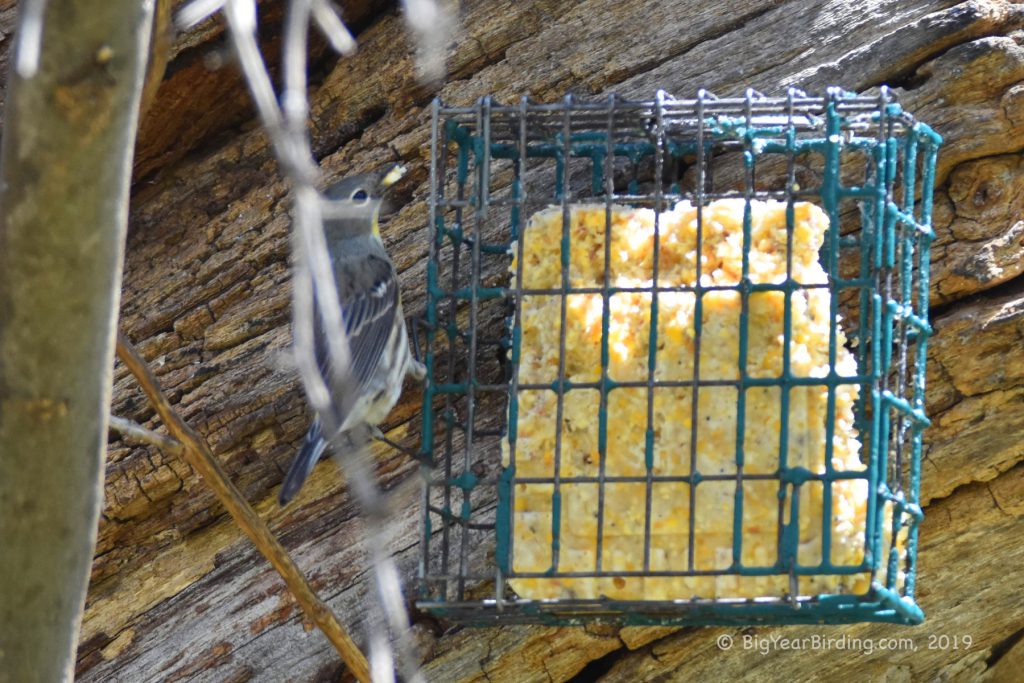The Plumbeous Vireo (Vireo plumbeus) is a small passerine bird species that belongs to the family Vireonidae. They measure around 4.5 inches in length and weigh approximately 0.3 ounces. These birds have a distinctive plumage that sets them apart from other vireos. They have a grayish-blue head, back, and wings, with a white belly and undertail coverts. Their legs are pale gray, and their eyes are dark with a white eye-ring. The beak is thin and pointed, allowing them to catch small insects easily.
The Plumbeous Vireo is primarily found in western North America, ranging from Alaska to Mexico. During the breeding season, they can be found in coniferous forests and mixed woodlands, especially in the mountains. In the winter, they migrate to lower elevations and can be found in scrubland and desert habitats. They are known to migrate long distances, with some individuals traveling up to 1,800 miles between their breeding and wintering grounds.
These birds are often solitary and difficult to spot, but their distinctive plumage makes them easily recognizable when seen. They have a distinctive song, a series of high-pitched notes that sound like “zuwee-zuwee-zuwee.” Their call is a nasal “chew” or “tew” that is often heard before the bird is seen. They are known for their agility, darting quickly through the branches of trees and shrubs in search of insects.
The Plumbeous Vireo is primarily insectivorous, feeding on a variety of small insects, including beetles, caterpillars, and spiders. They may also eat some fruit and seeds, especially during the winter when insect availability is limited. These birds build their nests in coniferous trees, using a variety of materials, including grass, moss, and spider silk. The female typically lays 3-5 eggs, which are incubated for around two weeks before hatching.
In conclusion, the Plumbeous Vireo is a small, agile bird that is primarily found in western North America. They have a distinctive grayish-blue plumage, a high-pitched song, and a nasal call. They are primarily insectivorous, feeding on small insects and occasionally fruit and seeds. These birds are known for their long-distance migrations, traveling up to 1,800 miles between breeding and wintering grounds. They build their nests in coniferous trees and lay 3-5 eggs per clutch.

